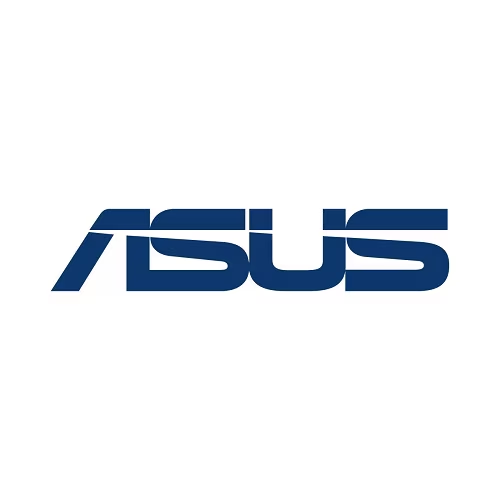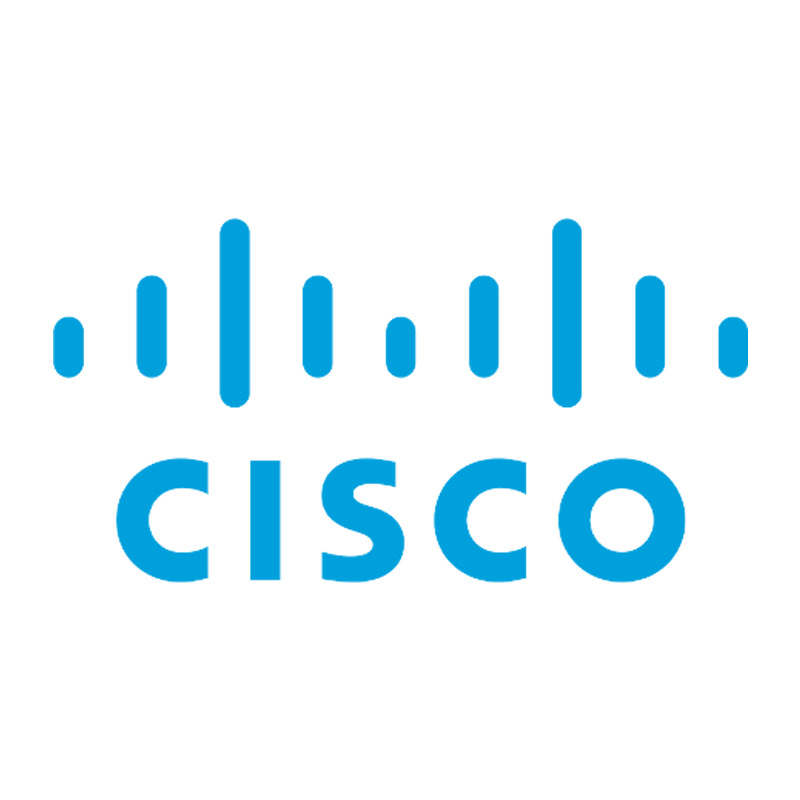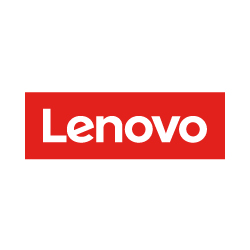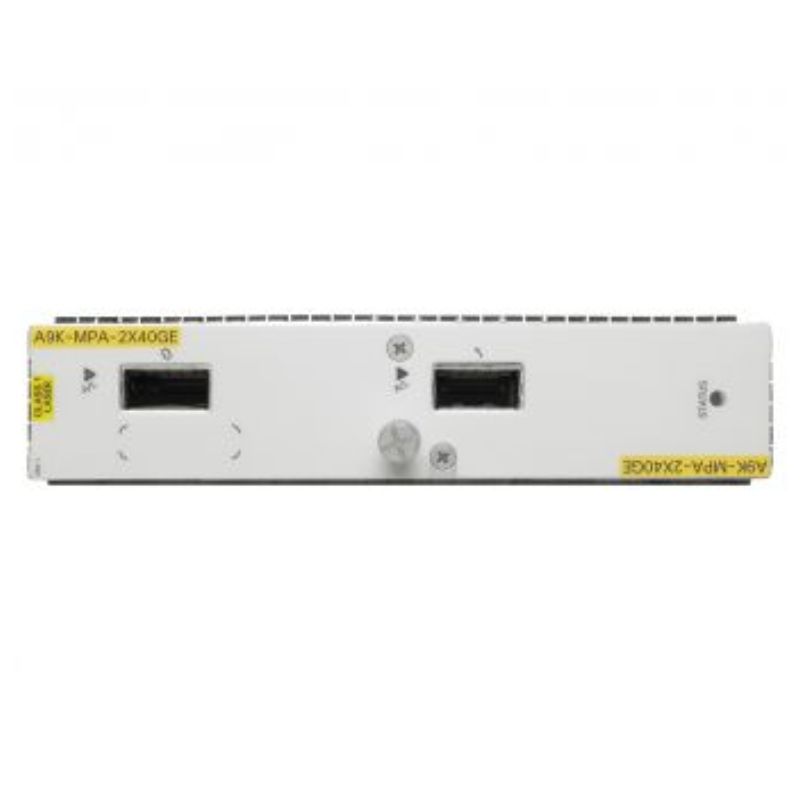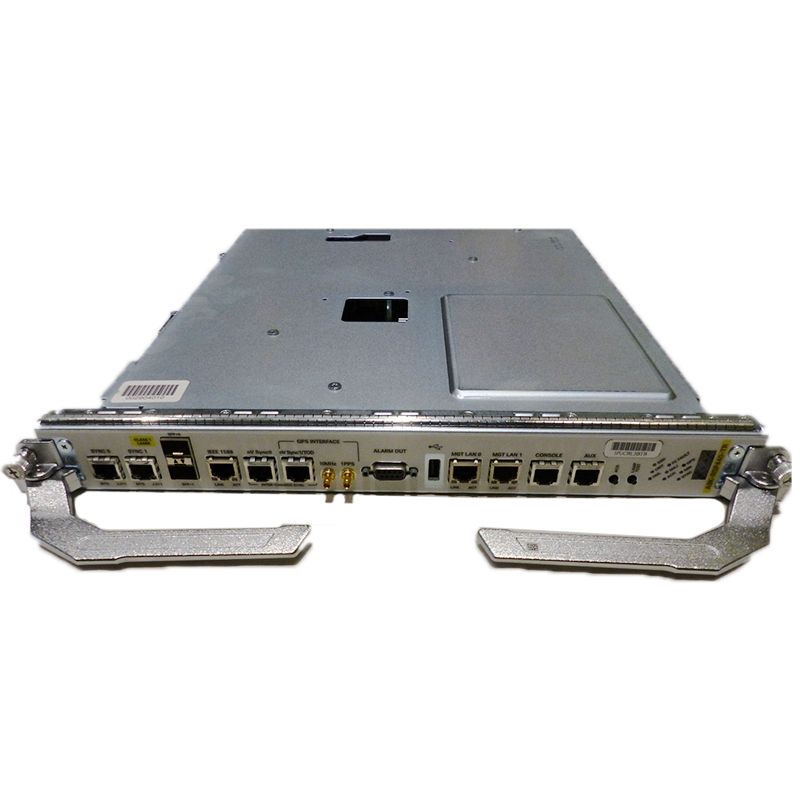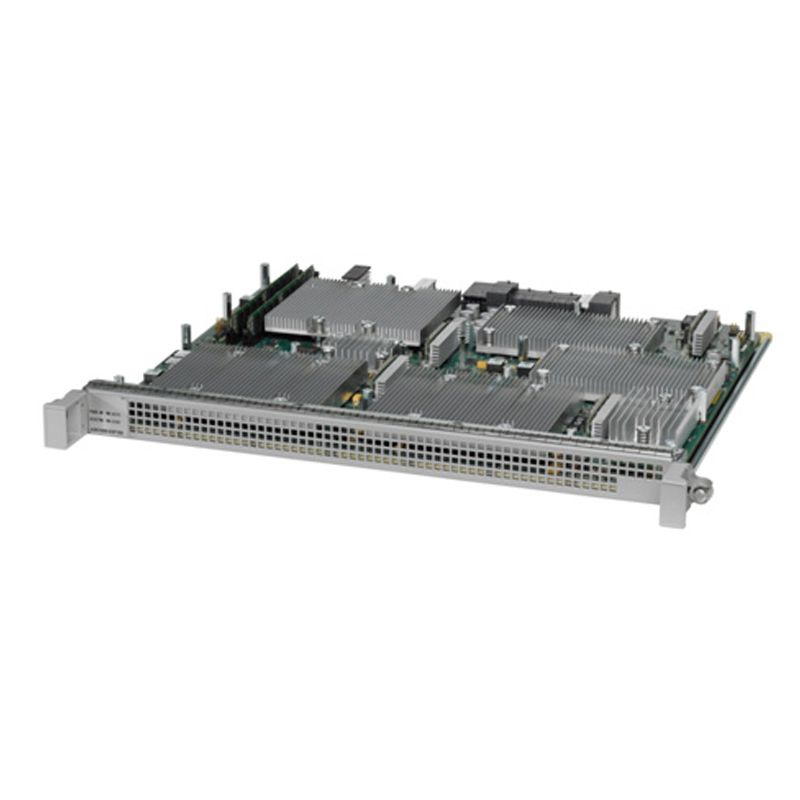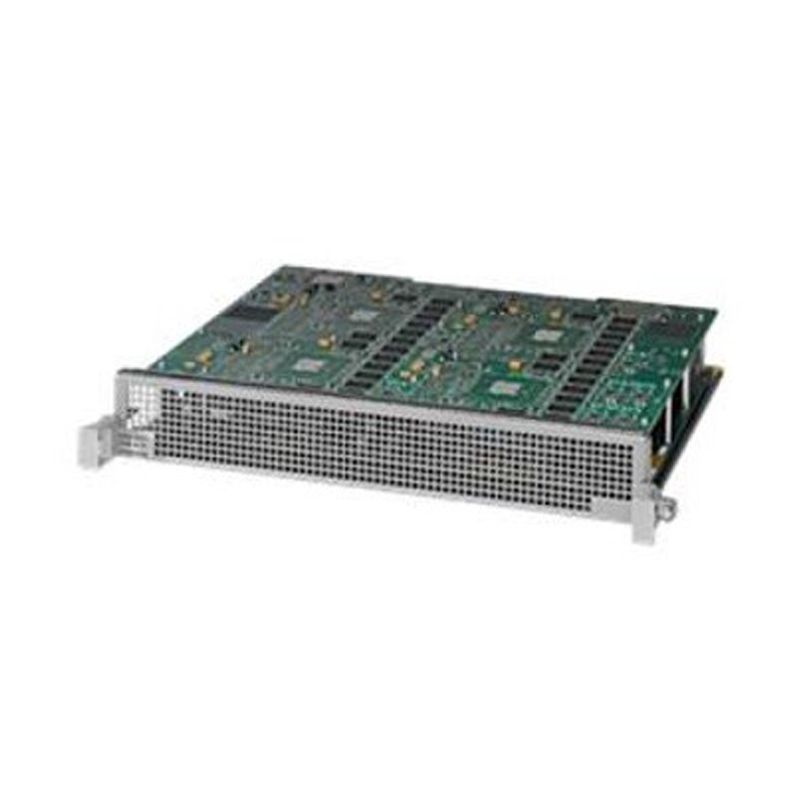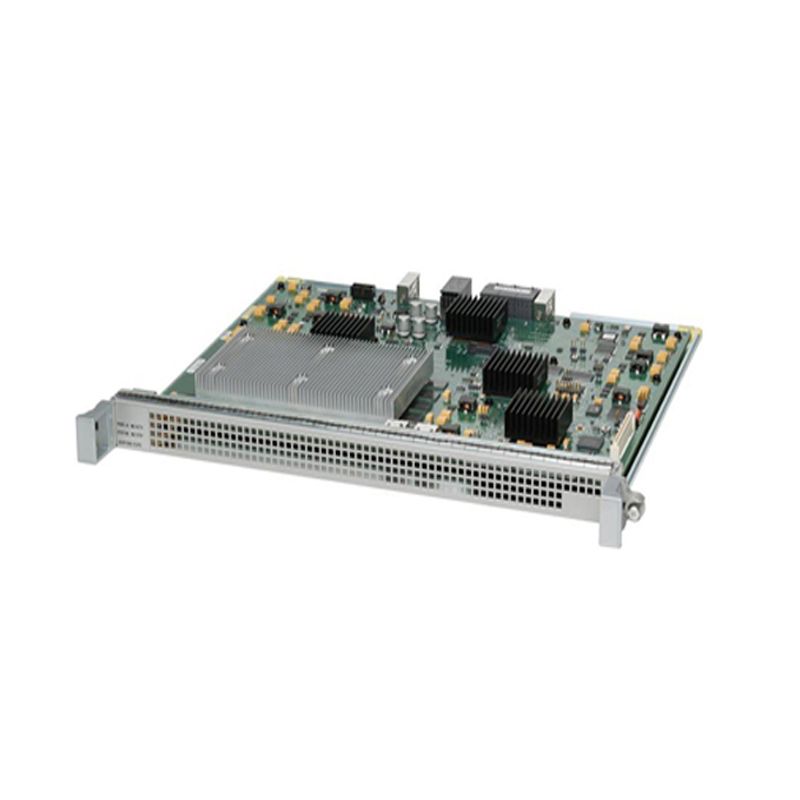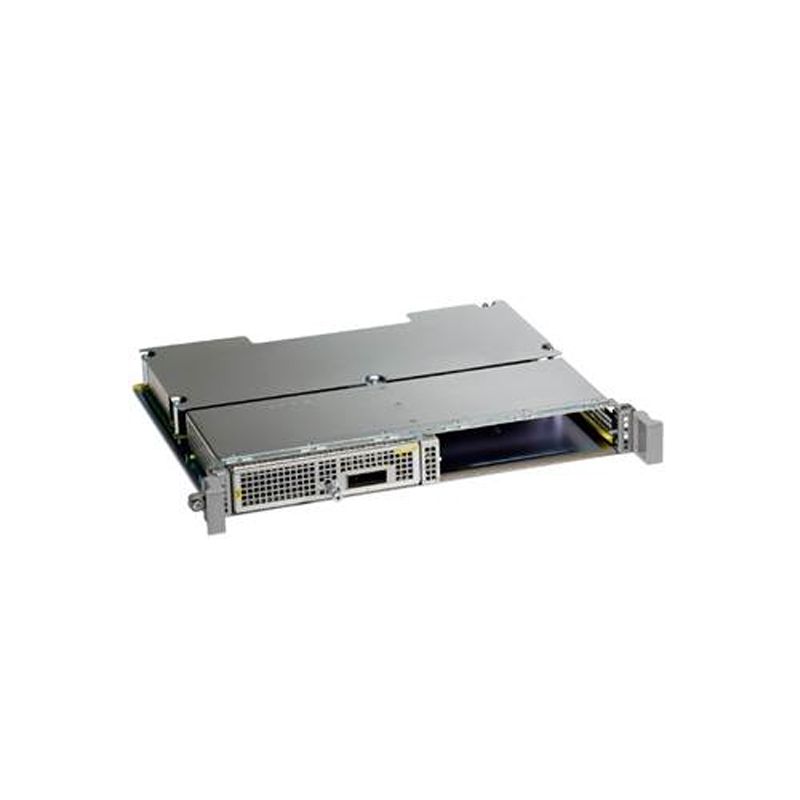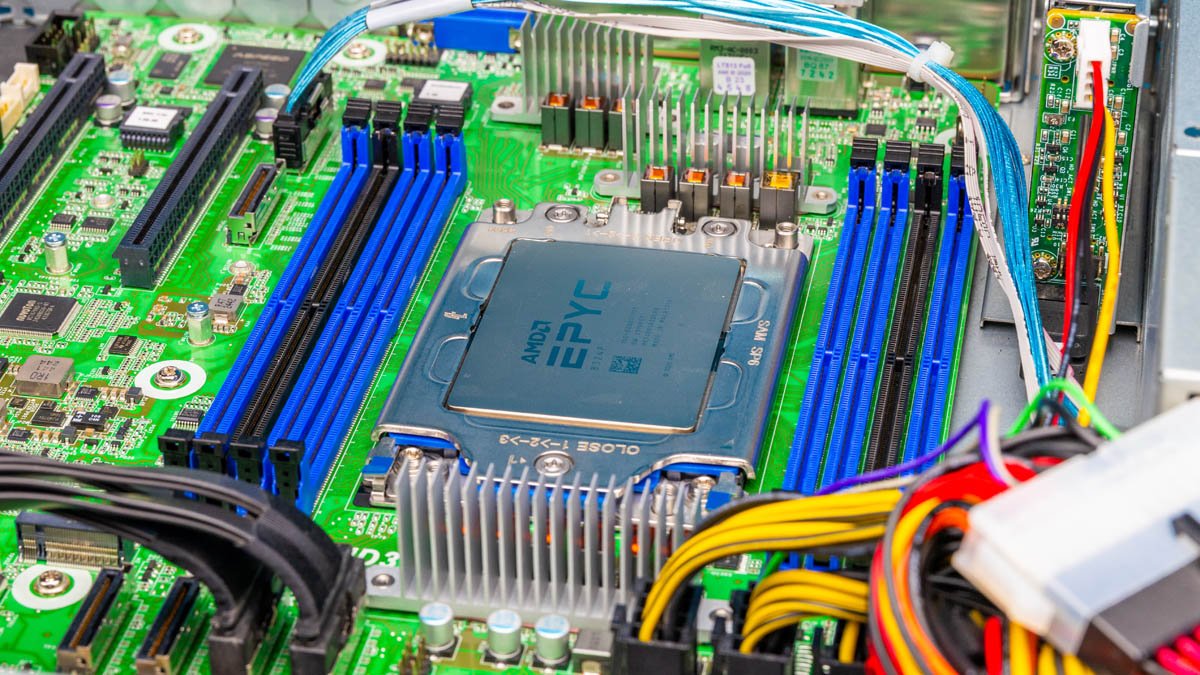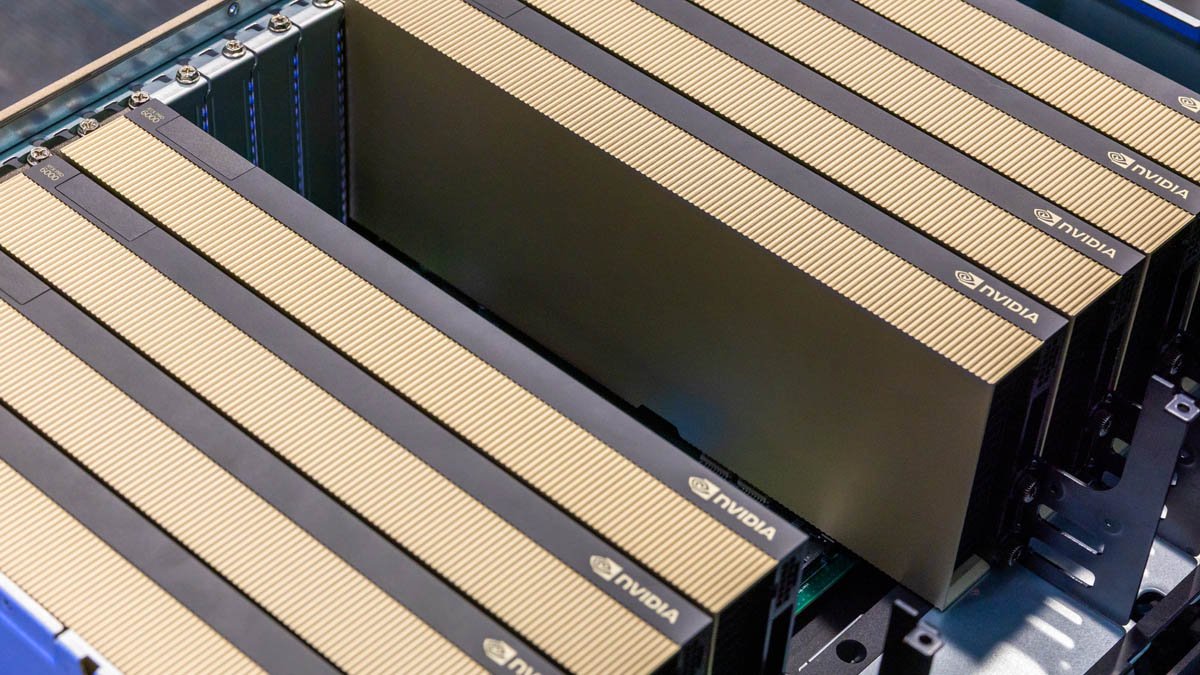Not Intel, Not AMD — Huawei Is the Next Rival Jensen Can’t Ignore, Poised to Take Over China’s AI Market from NVIDIA
In the rapidly evolving landscape of artificial intelligence (AI) and semiconductor manufacturing, a new contender has emerged, ready to disrupt the status quo established by industry giants like NVIDIA, Intel, and AMD. Huawei, a tech behemoth known primarily for its telecommunications infrastructure and smartphones, is strategically positioning itself to capture the burgeoning AI market in China. As AI applications proliferate across various sectors, Huawei’s advancements in hardware and software solutions present a formidable challenge to NVIDIA’s dominance in this critical domain.
Huawei’s AI Ambitions
Huawei’s foray into the AI sphere is not a sudden decision but rather a culmination of years of investment in research and development. The company has been channeling resources into its semiconductor division, particularly through its HiSilicon brand, which has developed proprietary chips tailored for AI tasks. Notably, the Ascend series of AI processors exemplify Huawei’s commitment to creating hardware that can efficiently handle the computation demands of AI workloads.
The launch of the Kunpeng processors, capable of competing with x86 architectures, highlights Huawei’s ambition to redefine what Chinese technology can achieve. With the backing of state support to reduce dependency on U.S.-manufactured chips, Huawei is well-positioned to lead in the domestic market.
The Chinese AI Market Landscape
China’s AI market is projected to grow exponentially, driven by government initiatives and an increasing appetite for AI applications across diverse sectors. The Chinese government released its "New Generation Artificial Intelligence Development Plan" with a goal to become a world leader in AI by 2030. This policy landscape creates a fertile environment for companies like Huawei, which can leverage its local knowledge and relationships to capture market share.
In the face of U.S. sanctions impacting domestic companies seeking access to advanced technologies, Huawei stands as a beacon for resilience and innovation. As global semiconductor supply chains are disrupted, Huawei has been actively working on developing alternatives to U.S. technologies, further solidifying its standing as a key player in the AI domain.
NVIDIA’s Position and Challenges
NVIDIA has long dominated the AI hardware market with its powerful graphics processing units (GPUs), which are essential for training machine learning models. The company’s investment in software frameworks like CUDA has also fortified its market position by creating an ecosystem that integrates seamlessly with various AI applications. However, as Huawei ramps up its efforts and begins to unveil competitive products, NVIDIA faces significant challenges.
One of the primary obstacles for NVIDIA will be contending with Huawei’s ability to navigate regulatory hurdles in China. With the nation’s tightening focus on self-reliance in technology, Huawei’s local presence gives it a distinct advantage over foreign competitors. This could lead to a scenario where Huawei, empowered by its government’s support, offers more appealing solutions at competitive prices, effectively attracting businesses that might otherwise rely on NVIDIA.
Strategic Partnerships and Collaborations
Huawei’s strategy involves forging partnerships with academic institutions and enterprises to foster innovation and ensure that its AI solutions meet industry demands. By collaborating with local startups, research centers, and academic institutions, Huawei is creating an ecosystem that nurtures growth and promotes the adoption of its AI products.
Furthermore, Huawei’s influence over its expansive telecommunications network offers a unique advantage. The integration of AI with 5G technology could lead to unprecedented advancements in autonomous systems, smart cities, and various IoT applications, potentially outpacing NVIDIA in these sectors.
The Road Ahead: Huawei vs. NVIDIA
As the race for AI supremacy intensifies, competition between Huawei and NVIDIA is poised to redefine the industry landscape. While NVIDIA has a head start, Huawei’s focus on innovation, local market understanding, and full government backing places it as a serious challenger.
In conclusion, Jensen Huang, NVIDIA’s CEO, cannot afford to overlook Huawei as a rising rival. With the potential to dominate the Chinese AI market, Huawei’s movements will significantly influence the global tech landscape. The coming years will be critical, as both companies vie for supremacy in AI, ultimately reshaping how the world experiences and utilizes advanced technologies. The rivalry represents not just a clash of companies, but a broader narrative of technological advancement and national strategies in an increasingly competitive global market.




